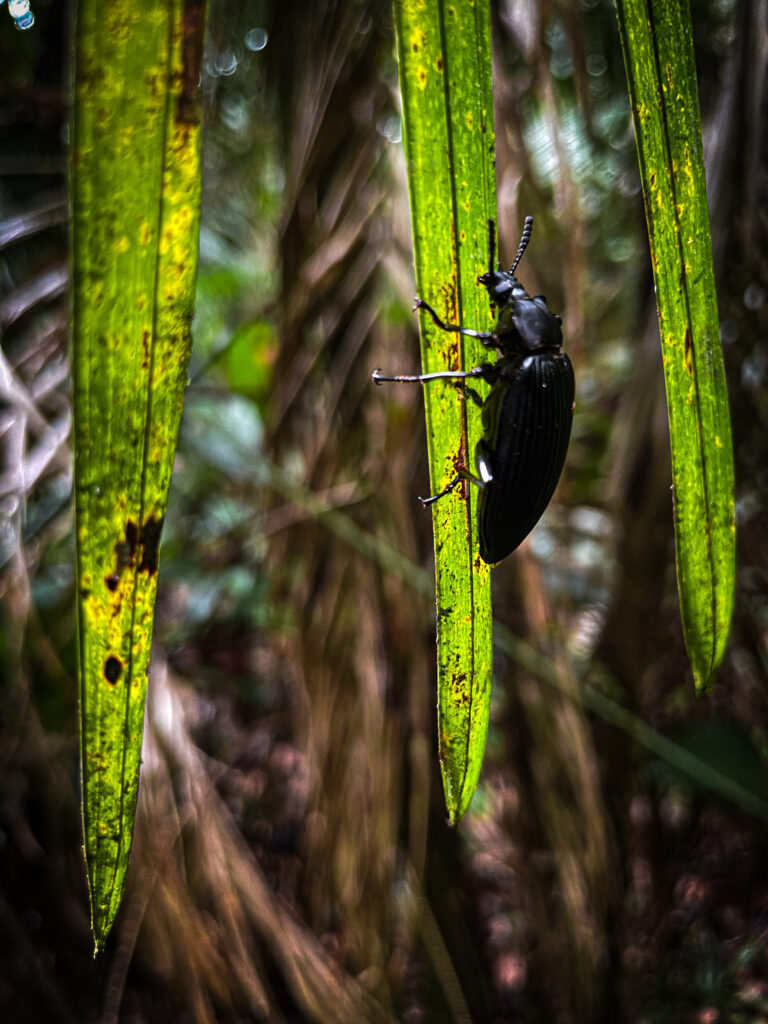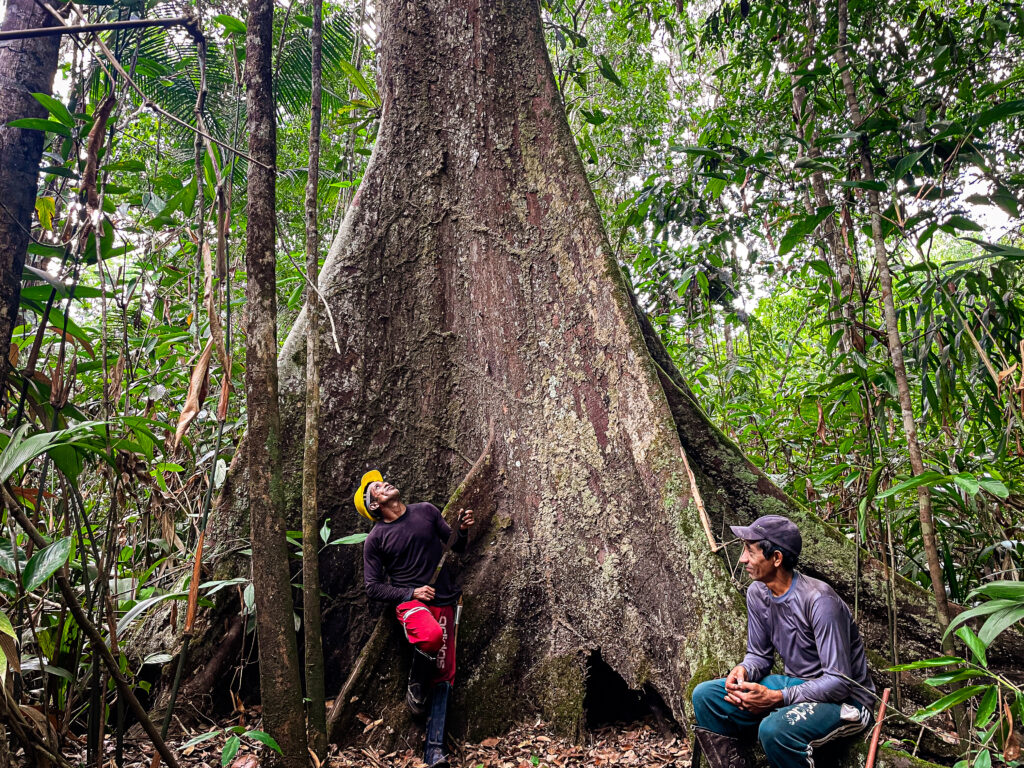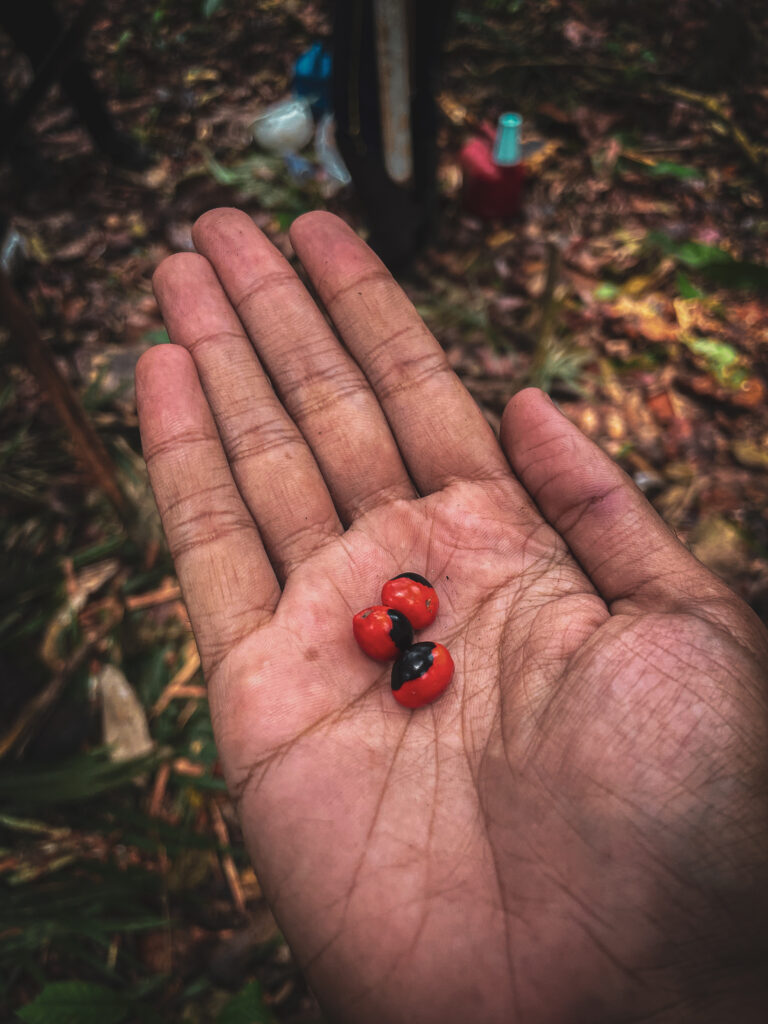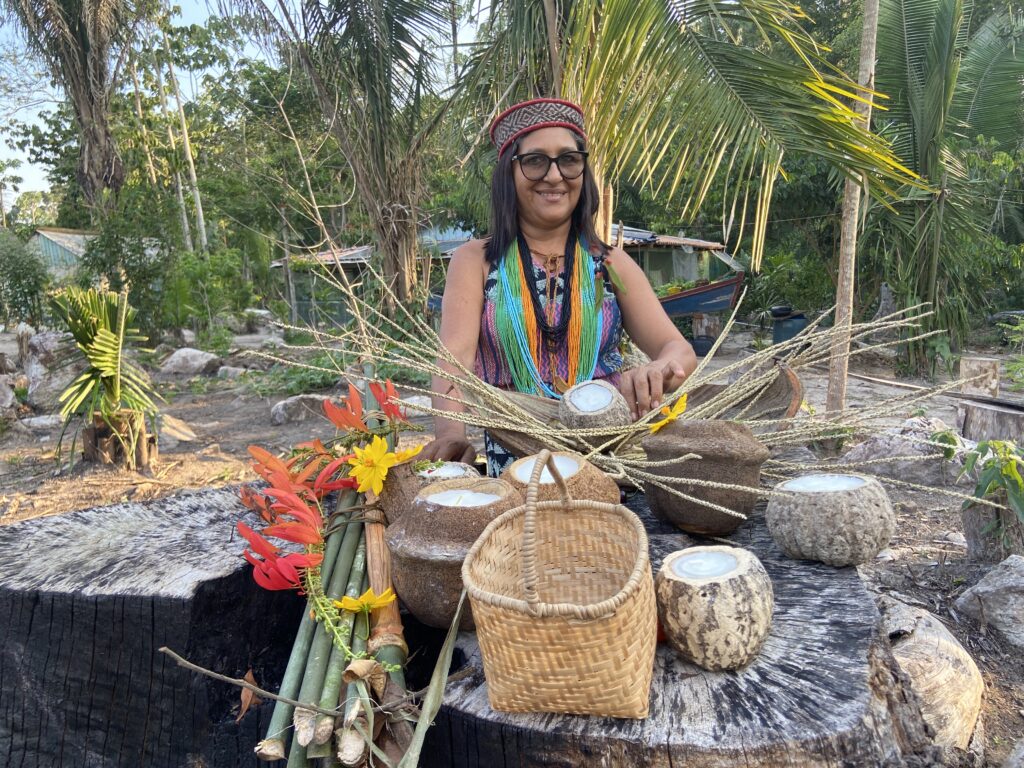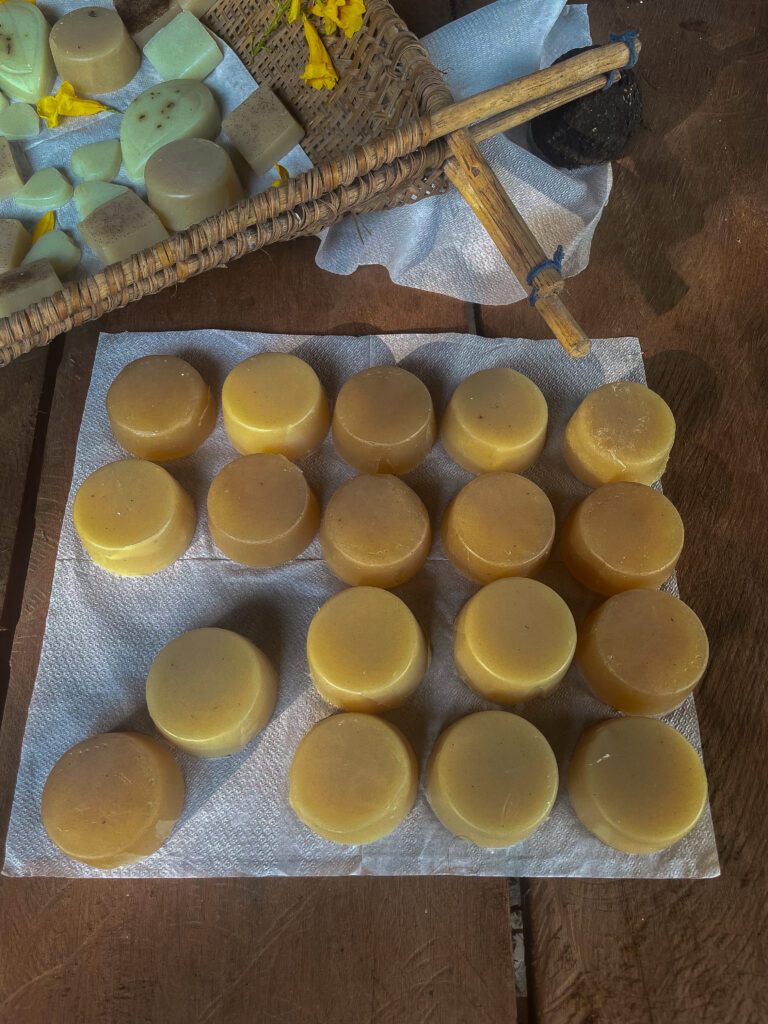With the aim of strengthening and perpetuating the ancestral knowledge of traditional medicine in harmony with the preservation of biodiversity, Kaarimã Village was the setting for the 1st SEWAPA TÏPA IKA TA BÏA Expedition, which means “in search of traditional medicine” according to the Xipaya language. The aim of the initiative was to identify and map plant species that could be used as raw materials in the production of natural medicines, as well as discovering and cataloging key species for the production of seedlings. Recognizing Kaarimã Village’s connection with strengthening traditional medicine, the expedition is seen as a collective process of empowerment, using the resources available in the territory as instruments for cultural strengthening and environmental preservation.
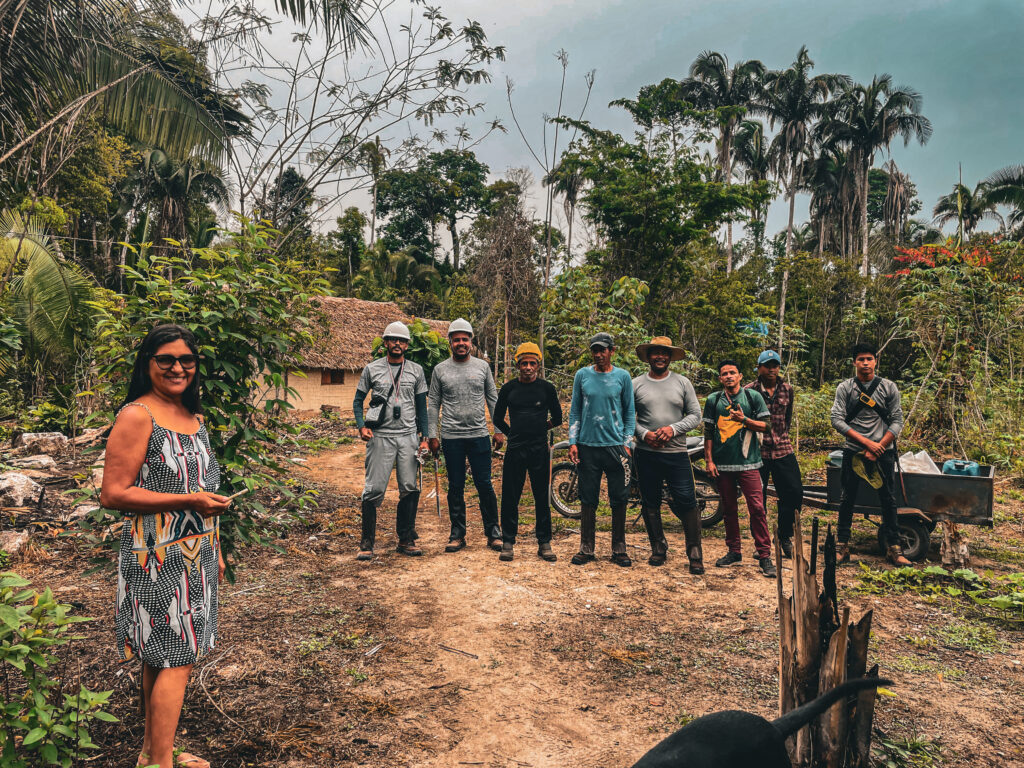
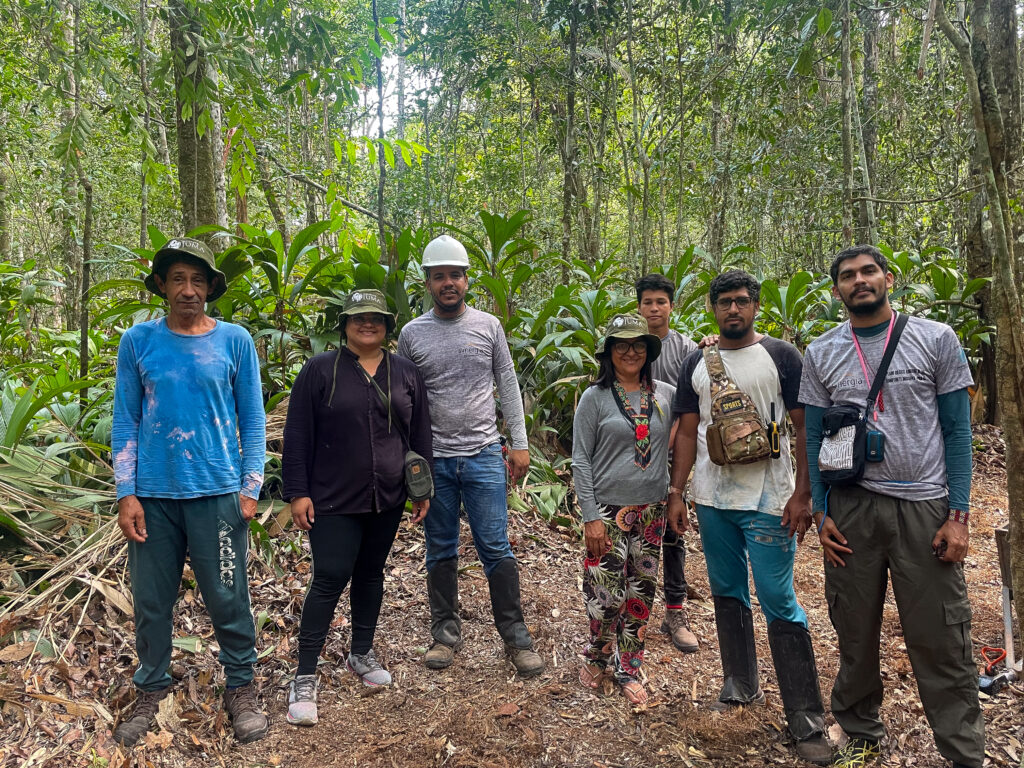
According to Maria Lúcia, who has been working with natural medicines for at least 40 years, the expedition strengthens ancestral knowledge of forest medicine, motivating communities to recognize alternative ways of taking care of their health through natural means. She says that this knowledge is being lost over time, as many of her relatives have died. Today, in her family, she is among the few who still carry on the mission of preserving and passing on this knowledge to future generations.
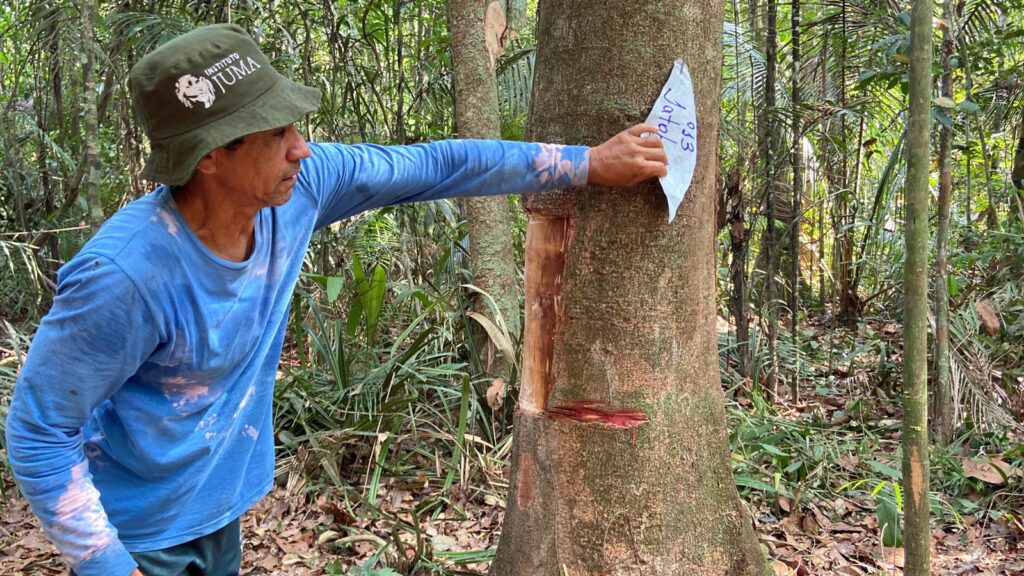
For eight days, the expedition explored only a small part of the 179,000 hectares of forest that make up the Xipaya Indigenous Land. One of the main access routes to the site is by river, about 400 km from the city of Altamira. In order to define the location of the expedition, planning was carried out in collaboration with the community, determining an accessible route for future work on the trail.

Maria Lúcia and Francisco mapped 31 trees, lianas and palms of various species. One of the species that stood out most during the journey was Vismia guianensis, popularly known as Lacre. The species is widespread in the Amazon and is recognized in folk medicine for healing treatments. At TI Xipaya it is used as a powerful antimycotic to treat insect bites and mycoses, which are more frequent during the Brazil nut harvest.
The work carried out in Kaarimã Village by Maria Lucia Xipaia is the production of syrups, antimycotics, infusions, ointments and biocosmetics which are produced primarily from forest inputs such as leaves, roots, seeds, bark and fruit. They are consumed by local residents and neighboring communities. In addition, part of the mission to strengthen traditional medicine is the exchange of knowledge with other communities, such as Aldeia Tukamã, Aldeia Yupá and the Nova Olinda community.
Finally, this work is in line with the Juma Institute’s objective of strengthening traditional medicine, which is directly linked to the quality of life of indigenous peoples, directly affecting the guardians of the forest and also the cultural diversity of the Amazon.
